
Your roof is one of the most important parts of your home, protecting you and your family from the elements.
But how do you ensure that it stays in top shape?
In this article, we’ll share 15 expert roofing tips that every homeowner should know.
From maintenance to repairs, these tips will help you keep your roof in tip-top condition and save you money in the long run. So if you’re a homeowner looking to take better care of your roof, read on!
15 Roofing Tips for Homeowners
Assessing Your Roof’s Condition
Signs of Aging
As a homeowner, it’s essential to keep an eye on your roof’s condition. Start by inspecting the shingles for signs of aging, such as curling edges, cracks, or missing granules. Additionally, look for:
- Broken or missing shingles
- Loose or exposed nails
- Sagging or buckling areas
Identifying Leaks and Moisture Damage
Detecting leaks and moisture damage early can prevent significant costs and damage to your home. Some common signs of leaks include:
- Water stains on ceilings or walls
- Peeling or bubbling paint
- Mold or mildew growth
To identify possible leaks, check the following common problem areas:
- Skylights
- Chimneys
- Vent pipes
- Roof valleys
- Flashing
Discoloration and Moss
Examine your roof for discoloration, which could indicate algae, mold, or fungus growth. This may compromise the integrity of your shingles and lead to damage. Moss can also cause similar issues, so watch for:
- Green, black, or brown streaks
- Fuzzy green patches (indicating moss growth)
To remove algae or moss, consider gentle cleaning methods and avoid power washing, which can damage shingles.
Attic Inspection
Finally, assess the condition of your roof from the inside by inspecting your attic. Pay attention to the following factors:
- Insulation: Ensure it’s evenly distributed and not compacted or wet.
- Ventilation: Check for proper airflow in the attic.
- Roof sheathing: Look for signs of moisture, mold, or rot.
By following these guidelines, you can effectively assess your roof’s condition and take the necessary steps to maintain its longevity and performance.
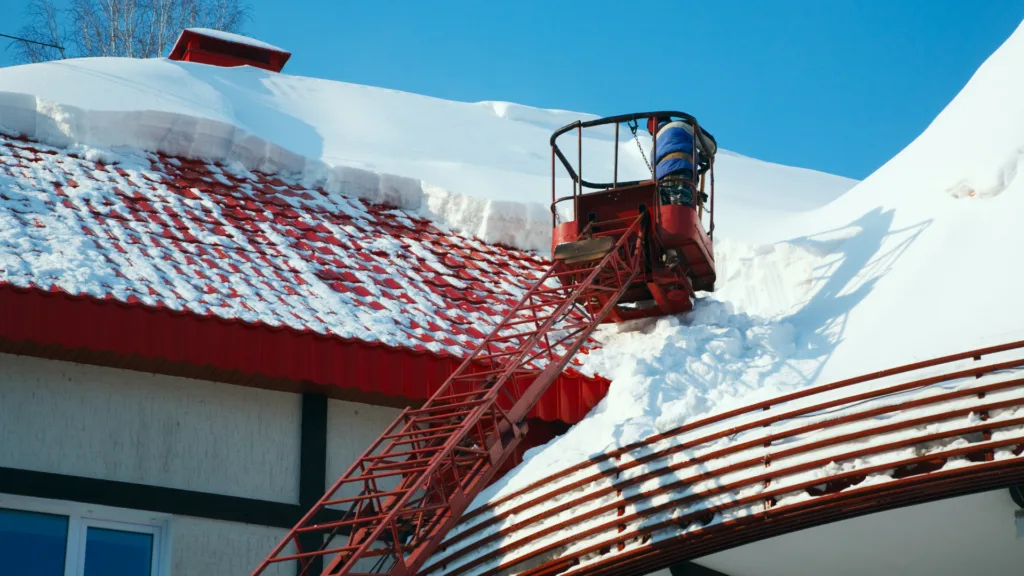
Choosing the Right Roofing Material
When selecting the ideal roofing material for your home, it’s essential to consider factors such as durability, cost, and aesthetics.
Here, we explore some popular residential roofing materials that you might find suitable for your needs.
Asphalt Shingles
Asphalt shingles are the most widely used roofing material in the U.S. for their affordability, ease of installation, and compatibility with various climates. There are three main types:
- 3-tab shingles: The most affordable option, but they have a shorter lifespan compared to other shingle types.
- Architectural (Dimensional) shingles: A step up from 3-tab shingles, these offer better durability and an attractive layered appearance.
- Luxury shingles: High-end asphalt shingles that mimic the look of slate or wood, while still providing the benefits of asphalt.
Wood Shingles
Wood shingles, commonly made of cedar or redwood, provide a natural and rustic look. However, they tend to be more expensive than asphalt:
- Cedar shingles: A 3,000 square-foot cedar-shingle roof can cost $12,380 to $22,360.
- Cedar shake: A more rugged and thicker option, costing $18,000 to $28,500 for a 3,000 square-foot roof.
Keep in mind that wood shingles require regular maintenance and may not be suitable for fire-prone areas.
Metal Roofing
Metal roofing is a fast-growing option that’s more expensive than asphalt shingles but less than clay or wood. You can choose between metal shingles or standing seam metal roofing made of materials like:
- Galvanized steel: Economical and widely available, but prone to rust when unpainted.
- Aluminum: Lightweight, rust-resistant, and more expensive than steel.
- Copper: Durable, long-lasting, and develops a unique patina over time, but also quite costly.
- Zinc: A great balance between durability, aesthetics, and affordability.
- Stainless steel: Known for its strength and resistance to rust, though it is more expensive.
Metal roofs can dent easily from weather events like hail, but they are also energy efficient and recyclable.
Tile and Slate
Clay, concrete, and slate tiles are more expensive options that offer high durability and unique appearances:
- Clay tiles: A popular choice in hotter climates, as they’re energy-efficient and resist fading.
- Concrete tiles: A more affordable alternative to clay, with similar durability.
- Slate roofs: A traditional, high-end roofing material that lasts for generations and sheds ice and snow effectively.
Note that the high weight of these materials may require additional structural support for your roof.
Flat Roof Options
If your home has a flat or low-slope roof, you need roofing materials designed for these surfaces:
- EPDM (Ethylene Propylene Diene Monomer): A rubber-based, long-lasting, and eco-friendly option.
- TPO (Thermoplastic Olefin): A single-ply membrane known for its energy efficiency and resistance to UV radiation.
- Modified bitumen: A hybrid of asphalt and rubber, this material provides excellent protection against water leaks and punctures.
Remember to consider your local climate, budget, and the desired look for your home when choosing the perfect roofing material.
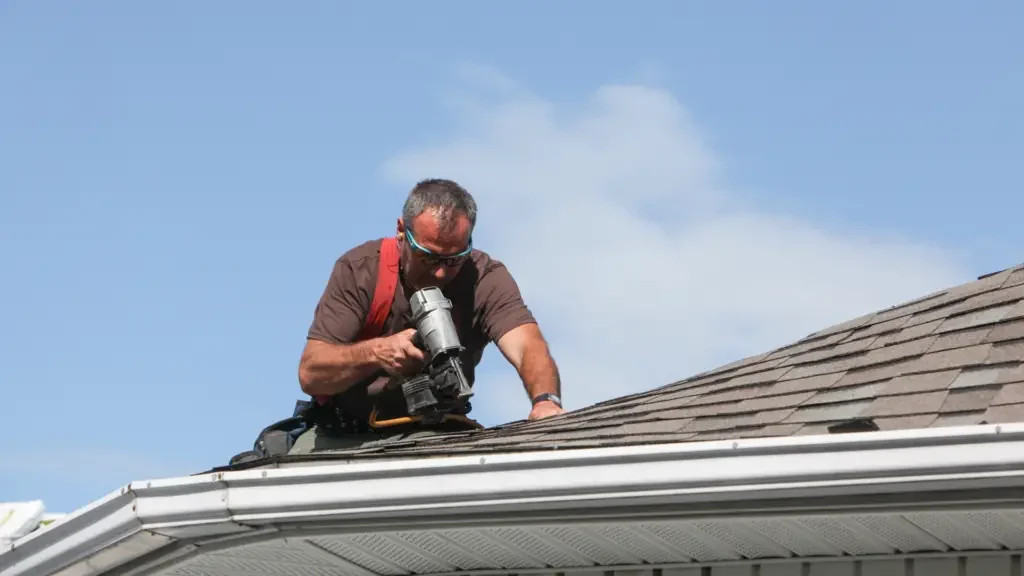
The Importance of Roof Maintenance
Proper roof maintenance is crucial for protecting your home from weather elements and ensuring its longevity. In this section, we will discuss the importance of roof maintenance and provide practical tips for homeowners.
Cleaning and Removing Debris
To maintain your roof, you should routinely remove leaves, branches, and other debris from the surface and gutters.
This helps prevent water buildup and potential structural damage. Keep gutters clear by using a brush, garden hose, and a stable stepladder annually.
Inspecting and Repairing Flashing
Flashing is a critical component of your roof system, as it directs water away from vulnerable areas. Examine your roof’s metal flashing around chimneys, vents, and other openings for signs of rust, cracks, or damage.
Ensure all sealants are intact, and make necessary repairs or replacements to prevent leaks and water damage.
Checking and Replacing Granules
Roof granules, found on asphalt shingles, protect your roof from ultraviolet rays, water, and natural wear. Over time, these granules may shed or become damaged.
Inspect your shingles for signs of granule loss, and replace any damaged shingles to maintain your roof’s integrity and appearance.
Dealing with Ice Dams and Snowfall
Ice dams can cause significant damage to your roof, as they prevent water from draining properly. To minimize the risk of ice dams and resulting water damage, ensure your attic has proper insulation and ventilation.
After snowfall, consider using a roof rake to safely remove snow from your roof’s edge, preventing ice dams and minimizing the weight on your roof.
By following these maintenance tips, you can help ensure the longevity and performance of your roof, keeping your home protected and energy-efficient.
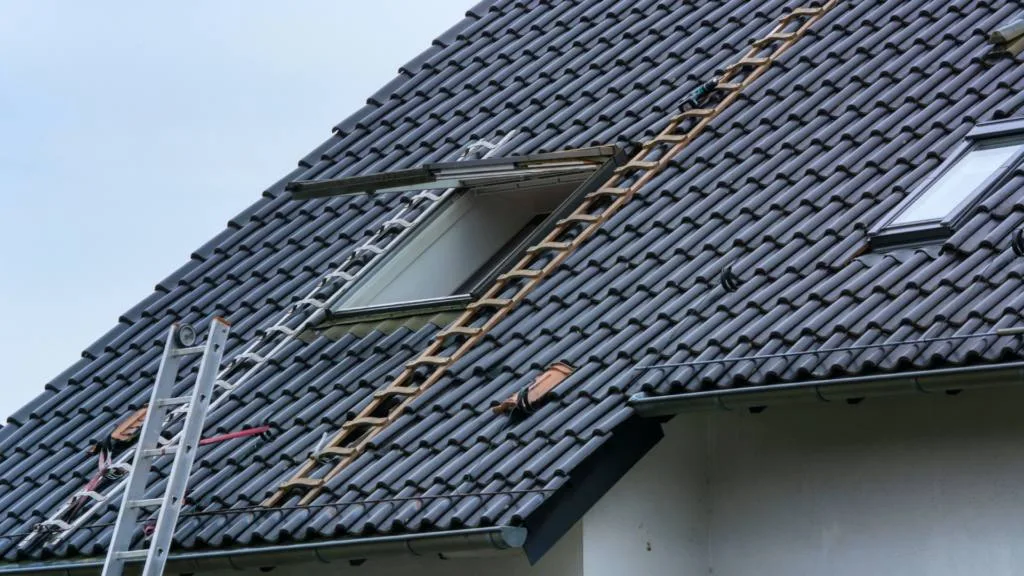
Hiring a Professional Roofer
Finding a Reliable Contractor
To find a reliable roofing contractor, start by asking your neighbors or Homeowner Association (HOA) for recommendations. You can also check roofing contractor requirements and directories in your state.
Visit contractors’ websites and look for signs of professionalism, such as Better Business Bureau (BBB) ratings, affiliations, or awards. Be sure to check reviews and references to ensure they’re well-regarded in the community.
Understanding Warranties and Insurance
When hiring a professional roofer, ask about the warranties they offer for both materials and workmanship.
Manufacturers typically provide warranties for roofing materials, while contractors should provide warranties for their work.
Additionally, ensure the roofing contractors carry liability insurance and worker’s compensation, as this protects you in case damage or accidents occur during the project.
The Roofing Inspection Process
Before undertaking any roof repair or replacement, a professional roofer should perform a thorough inspection. This involves:
- Examining the entire roofing system, including shingles, underlayment, and ventilation.
- Identifying signs of wear and tear or damage, such as cracked shingles, leaks, or mold growth.
- Providing recommendations for necessary repairs or replacement based on their findings.
As a homeowner, you should also conduct ground-level inspections periodically to identify potential issues early on.
Factors Influencing the Cost of Roof Repair or Replacement
Several factors influence the cost of roof repair or replacement, including:
- Roof size and complexity: Large or complex roofs may require more materials and labor.
- Materials: The type and quality of roofing materials affect the overall cost.
- Labor and installation: Skilled, experienced contractors may charge a premium for their services, but they’re more likely to provide quality work.
When discussing the project with roofing contractors, ask for pricing information in writing, including a date if possible, to ensure accuracy and accountability.
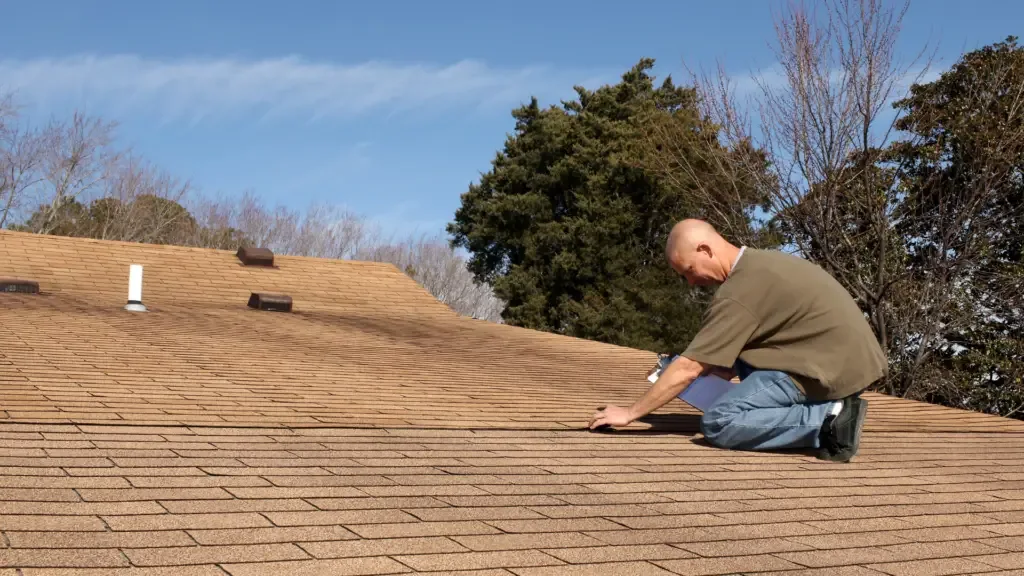
Safety Considerations and Precautions
In this section, we’ll discuss various safety measures and precautions you should take when working on roofing projects.
Safety Equipment
To protect yourself and ensure your safety while working on your roof, you need to use the appropriate safety equipment. Some key safety items include:
- Helmets: Wear a hard hat to protect your head from falling debris or accidental head impacts.
- Safety harnesses: Use a roof safety harness kit, which includes an anchor point, lanyard, and a full-body harness, to prevent falls when working at heights.
- Work gloves: Wear durable gloves to protect your hands from cuts, abrasions, and punctures.
- Slip-resistant footwear: Opt for soft-soled shoes to provide better traction on the roof surface.
- Safety goggles: Use eye protection to shield your eyes from flying debris or dust.
Working on Steep or Pitched Roofs
When working on a steep or pitched roof, there are additional considerations and precautions:
- Ladders: Ensure that your ladder is properly placed and secured, with its base one-fourth of the ladder’s length away from the wall.
- Roof brackets and planks: Install roof jack brackets and/or planks as a working platform to provide extra stability and a safer footing on steep roofs.
- Scaffolding: If the roof is too steep for roof brackets, consider using scaffolding systems that can be adjusted to fit the pitch of the roof.
- Rope and pulley system: This can help you to transport heavy or awkward materials, like tiles or equipment, up the slope of the roof.
Dealing with Extreme Temperatures
Both extremely hot and cold weather can present challenges when working on a roof:
- In hot weather:
- Schedule your work early in the morning or late in the afternoon to avoid peak temperatures.
- Take frequent breaks and stay hydrated to prevent heat exhaustion or heat stroke.
- Be aware that shingles can become more fragile and prone to cracking in high heat.
- In cold weather:
- Avoid working on wet or icy surfaces, as these can increase your risk of slipping and falling.
- Keep in mind that shingles may not seal or lie properly in extremely cold temperatures.
- Dress in layers and wear insulated clothing to stay warm while working
By following these safety tips and precautions, you’ll be better prepared to tackle your roofing projects in a safe and efficient manner.
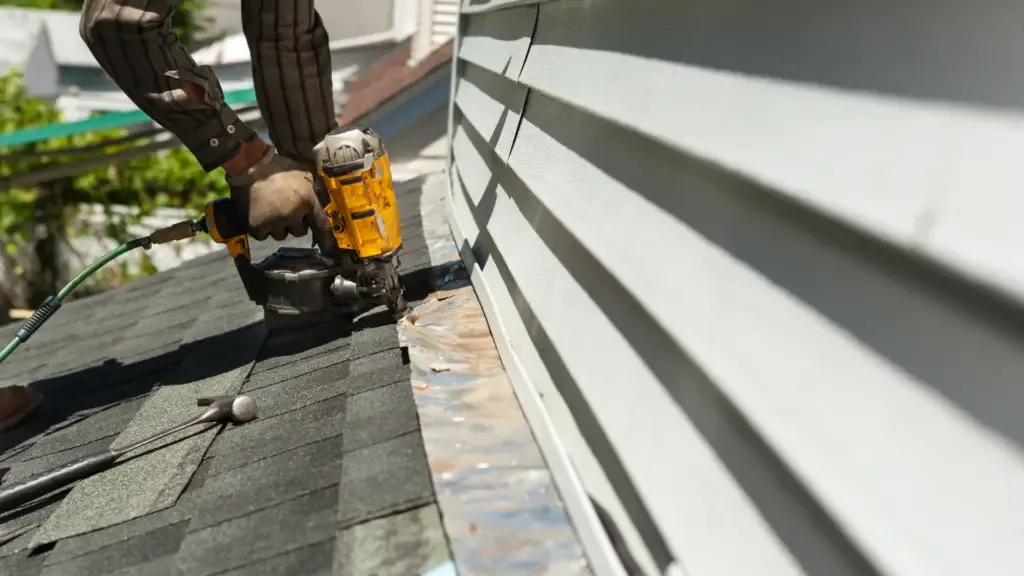
Preparing for a New Roof Installation
Budgeting for Your Roof Project
When preparing for a new roof installation, it’s essential to create a budget. Consider the following factors when determining your budget:
- Material costs: Roofing materials vary in price, so research your options and select one that fits your budget.
- Labor expenses: Account for the contractor’s installation fees, as well as any additional labor needed to complete the job.
- Unexpected costs: Set aside money for unforeseen expenses, such as replacing damaged or rotten decking.
Understanding Roof Design and Structure
Familiarize yourself with your roof’s design and structure to better understand the installation process. Key aspects include:
- Slope: The angle of your roof may affect the type of roofing material you choose and the installation method.
- Roof decking: This is the foundation of your roof, and it helps support the roofing materials. In some cases, damaged decking may need replacing.
- Underlayment: This protective layer functions as a barrier against water infiltration and is placed between the roof decking and roofing materials.
Dealing with Roofing Failures and Weather Events
Roofing failures and weather events can cause damage to your roof. Take the following steps to prepare for these occurrences:
- Schedule regular inspections: This will help identify potential issues before they become significant problems.
- Maintain your roof: Clean gutters, trim trees, and remove debris to prevent damage and prolong the life of your roofing system.
- Have an emergency plan: In case of severe weather events or unexpected damages, know who to contact for repairs and have essential roofing materials on hand.
By taking the time to budget, understand your roof’s design and structure, and preparing for potential roofing failures and weather events, you can ensure a smooth and successful new roof installation experience.
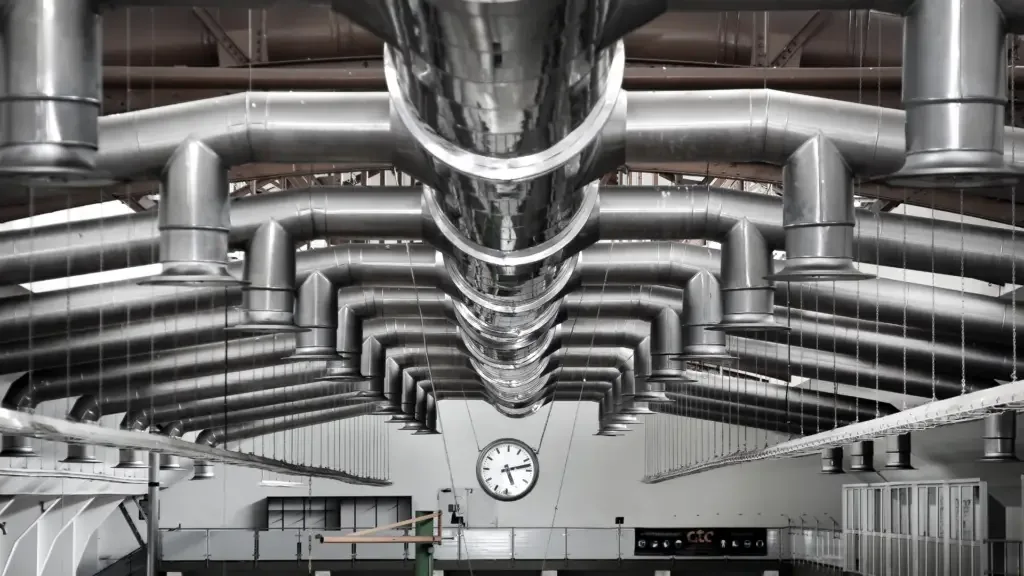
Proper Attic Ventilation and Insulation
The Role of Attic Ventilation
Attic ventilation plays a crucial role in maintaining a healthy and energy-efficient home. Proper ventilation in your attic helps control temperature and moisture levels, preventing issues like ice dams and mold growth. In the winter, a well-ventilated attic keeps it cold, reducing the risk of ice damming.
In summer, proper ventilation allows hot air to escape, reducing the workload on your air conditioning system.
To achieve optimal air circulation, ensure your attic has both intake (such as soffit vents) and exhaust openings (such as ridge vents or roof vents). A good rule of thumb is to have 1 square foot of ventilation for every 150 square feet of attic space, with half of the vent area located near the eaves and the other half near the roof’s peak.
Choosing and Installing the Right Insulation
Insulation is another essential aspect of a well-functioning attic space, as it delivers both thermal and moisture control. Here are some key points to consider when choosing and installing insulation in your attic:
- Material: The most common types of insulation materials are fiberglass, mineral wool, cellulose, and spray foam. Each material has its own benefits and drawbacks, so it’s important to research and consult with a professional to determine the best one for your home.
- R-Value: This measures the insulation’s resistance to heat flow. Higher R-values indicate better insulating properties. Determine the recommended R-value for your climate zone and ensure your insulation choice meets or exceeds it.
- Ventilation and insulation coordination: When installing insulation, be careful not to block the flow of air through your attic vents. If you find it challenging to insulate the attic floor without covering the vents, consider using rafter vents or insulation baffles. These tools allow air to flow freely underneath the insulation while still providing adequate coverage for your attic floor.
By paying attention to proper attic ventilation and insulation, you can significantly improve your home’s energy efficiency, indoor air quality, and overall comfort. Remember to consult with a professional if you’re unsure about the best practices or materials for your specific situation.
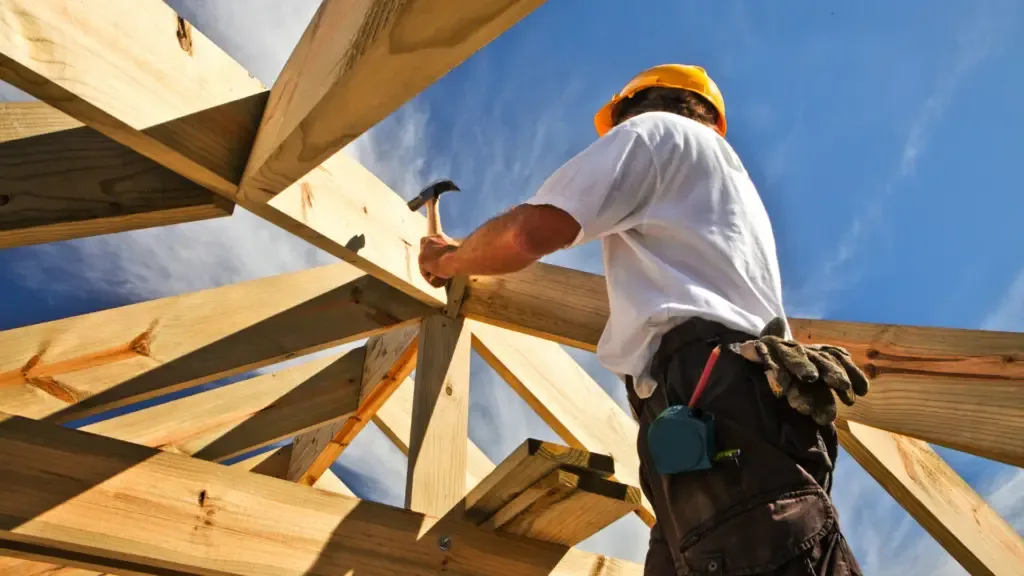
Advanced Roofing Tips and Techniques
Roofing Underlayment Options
Underlayment is an essential component of your roofing system. Not only does it provide a water-resistant barrier, but it also adds an extra layer of insulation to your home. There are several options available:
- Asphalt-saturated felt: This traditional underlayment is made from organic materials and coated with asphalt. It offers basic protection against water infiltration and is usually more budget-friendly.
- Synthetic underlayment: Made from synthetic materials, this type is lightweight and offers excellent resistance to water and mold. It’s also more durable, ensuring long-lasting protection.
- Copper: This premium option provides top-notch protection against water, mold, and even mildew. Copper underlayment is especially popular for homes in coastal areas, where corrosion can be a significant problem.
Mastering the Drip Edge and Starter Shingles
To ensure proper water runoff and protect your roof from damage, it’s essential to include a drip edge and starter shingles in your roofing project. Here’s what you need to know:
- Drip edge: Made of metal, the drip edge is placed beneath the first row of shingles and directly onto the roof decking. This essential component directs water away from the fascia and protects the edge of the roof from rot and leaks.
- Starter shingles: These shingles offer additional protection by creating an initial seal to prevent wind-blown water from seeping under the first row of shingles. Asphalt starter shingles are a popular choice, as they are affordable and reliable.
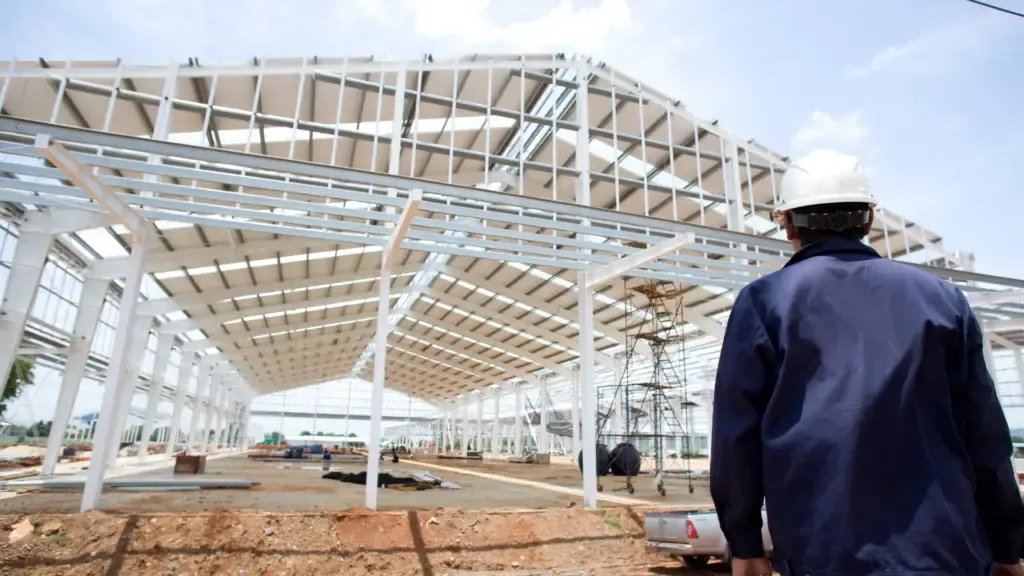
Installation of Sealants and Caulk
To keep your roof watertight and avoid leaks, you must pay attention to the installation of sealants and caulk. Here are some essential tips:
- Roof design: Be mindful of your roof design when applying sealants, especially around valleys, chimneys, and other vulnerable areas. Roof layouts that have a lot of valleys or areas where water runoff can pool will need extra attention.
- Sealant: Use a high-quality, waterproof sealant that is designed for your specific roof type. Apply it generously around vent stacks, plumbing pipes, roof penetrations and edges, and other critical areas prone to leaks.
- Caulk: Caulk is used to seal seams and gaps along the roofing system, including around flashing and drip edges. Opt for a high-quality, paintable caulk that is suitable for outdoor applications.
By following these advanced roofing tips and techniques, you will ensure that your home stays well-protected and looks great year after year. Happy roofing!

